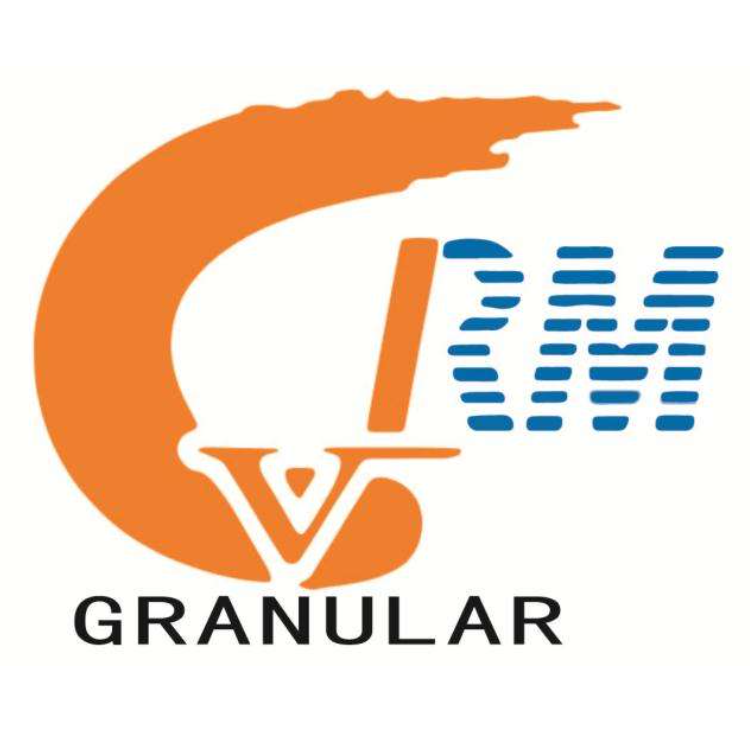b

Thank You!
Your requirement has been sent, we will contact you quickly!
Sent Failed!
Try again!
Basic Information:
Molecular Formula | C6H8O6 | Molecular Weight | 176.12 |
CAS | 50-81-7 | Storage Conditions | Dry and Cool |
Executive standard | Enterprise Standard | Packaging Specifications | 25kg/Box |
Applications
This product uses vitamin C as raw material and adopts ethyl cellulose as the coating material. The vitamin C raw material is processed by the coating process. Encapsulated to form white to yellowish solid particles, thus blocking the contact of vitamins with the external environment, and reducing the chance of reacting with other raw materials or ingredients, improving the fluidity, compressibility and stability of vitamin C. It is more stable than VC in water and minerals, and is suitable for additives in aquatic products and animal premix feeds.
Product Features:
As a nutritional fortifier, it has the following physiological functions:
1. Collagen formation: Collagen plays a role in bonding between cells and plays an important role in maintaining the integrity of tissues and organs. It contains a large amount of hydroxyproline and hydroxylysine, and vitamin C is involved in their synthesis. Therefore, vitamin C enables faster and more complete healing of wounds and burns. Synthesizes Collagen (collagen) to form an important matrix for cartilage, bone, enamel and vascular epithelium.
2. Participate in redox reactions in the body: reduce Fe3+ in transferrin to Fe2+, promote iron absorption, and have an auxiliary effect on iron deficiency anemia.
3. Antiscurvy: Make the capillary walls strong and elastic. Insufficient vitamin C will cause capillary rupture and bleeding, easy to bruise; bone and joint bleeding, easy to fracture; loose teeth, bleeding gums; wounds are not easy to heal.
4. The manufacture of adrenal steroid hormones.
5. Detoxification.
The product has the same function as a vitamin, and is mainly used in solid beverages, health care products tablets, and hard capsules to prevent VC from decaying too quickly and protect the characteristics of other ingredients from being affected;

